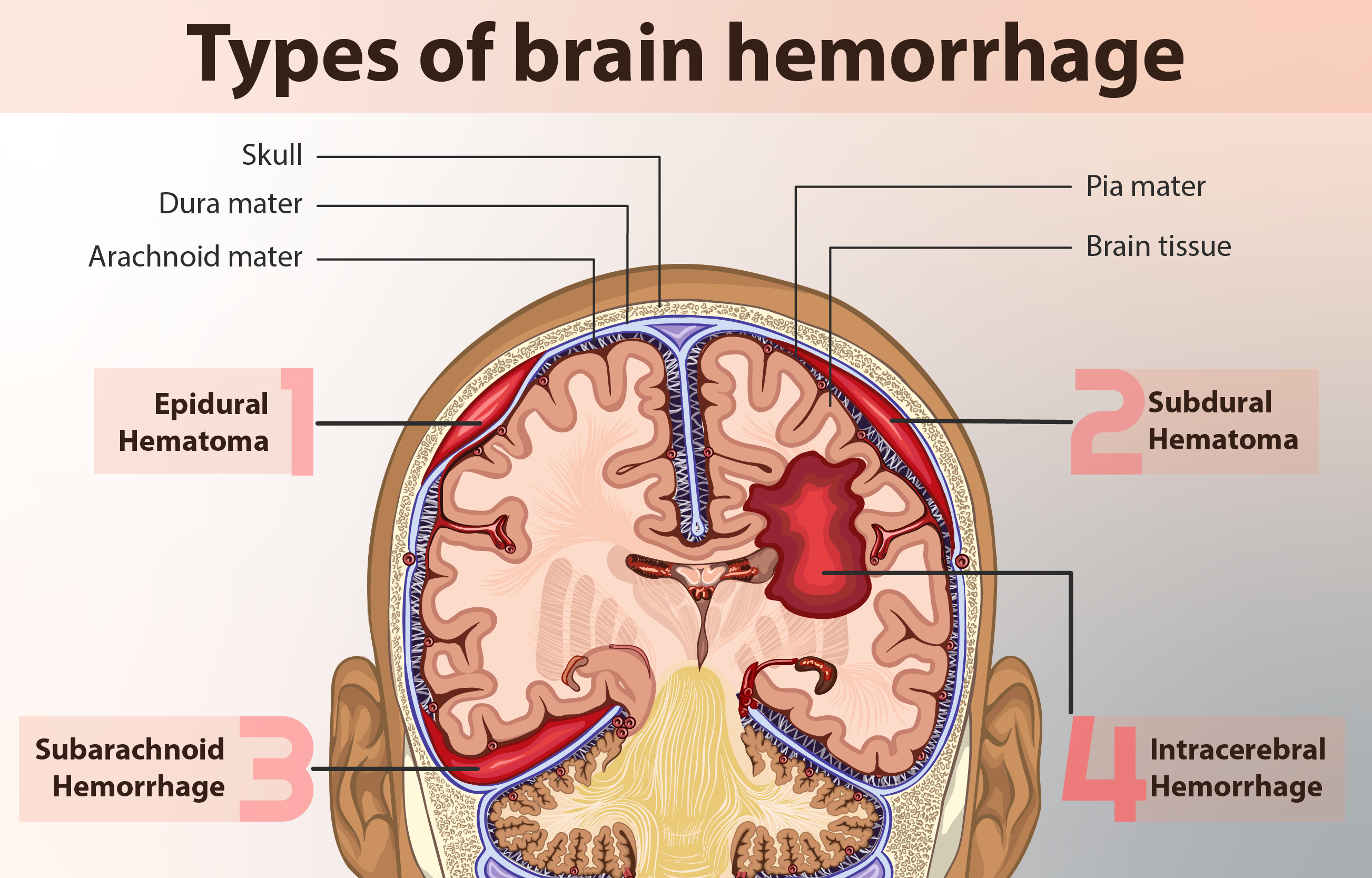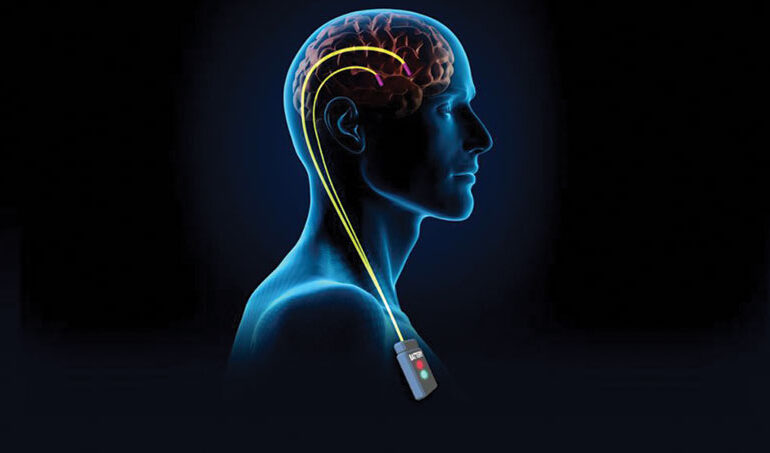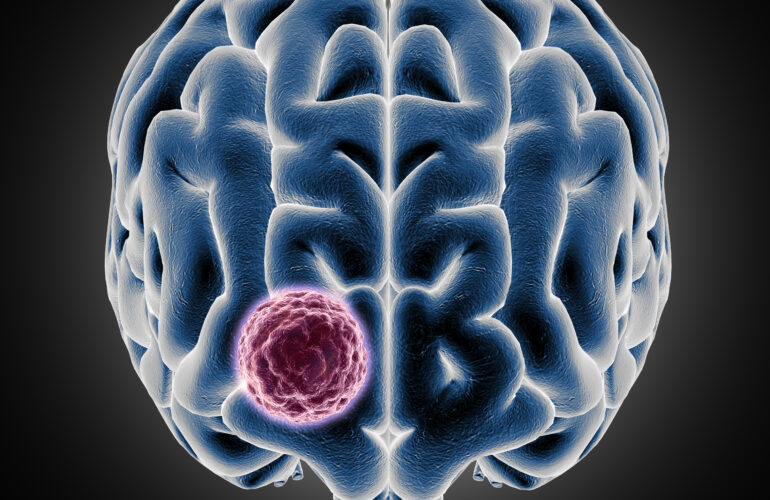Brain Hemorrhage Treatment
The facts:
A brain bleed or brain hemorrhage as it is called is bleeding in or around the brain. It can occur spontaneously as a large hemorrhage, with sudden onset catastrophic symptoms or it can occur gradually where it bleeds slowly over a period of time, with no apparent symptoms at all. It is said that almost 13% of strokes are caused because of hemorrhagic causes. It can be Traumatic or Spontaneous.
Why do they have different names?
These hemorrhages are given different names based on the exact location inside the skull where the bleeding occurs. Bleeding anywhere inside the cranial cavity is known as intracranial hemorrhage. Whereas bleeding into and within the brain tissue itself is called an intra-cerebral hemorrhage. But between the skull and the brain matter, you have what is the lining of the brain, made of three layers called the Dura mater, which is closest to the skull, Arachnoid mater, which lies in the middle and Pia mater, which is closest to the brain tissue. Bleeding can occur anywhere in between these layers as well.
Broadly they can be Traumatic or Non Traumatic.
These different types of hemorrhages are:
What are the signs to look out for to suspect an ICH?
The common symptoms which patients experience when they develop and ICH include:
In children you must suspect and ICH when the child presents with vomiting, seizures, loss of consciousness, swelling in the head or retinal hemorrhages. On most occasions the trauma which causes these types of injuries in children is due to child abuse.
How is an ICH diagnosed?
The most common investigation used to confirm the diagnosis of an ICH is the CT scan, because it is widely available. But where facilities are available an MRI scan is also equally useful for confirmation. A Magnetic Resonance Angiogram, if available will help to get an idea about the underlying cause of the ICH.
What are the treatment options available for intracranial hemorrhages?
There are different ways in which intracranial hemorrhages are managed depending on the exact location of the bleeding and the amount of bleeding which has occurred. The symptoms which the patient presents with also plays a role in determining the treatment plan. The various methods available for the management of an intracranial hemorrhage include non-surgical methods and surgical methods.
Surgical methods are required if the bleeding is extensive, which is determined by imaging techniques such as CT and MRI, or if the patient is displaying symptoms which are life threatening such as development of seizures and altered level of consciousness, all which occur due to increased intracranial pressure.
Non-surgical methods are used when the bleeding is minimal and the patient is asymptomatic. Your doctor will continue to monitor you, looking out for signs of increased intracranial pressure, and in the meantime you will be prescribed some medication such as anti-anxiety medication as well as drugs to prevent the development of seizures, and even pain relief medication, because some patient may only complain of a mild headache. Medication to reduce the swelling of the brain such as steroids as well as medication to bring down your blood pressure may be helpful in the management of an ICH.
What is the role of urgent surgery in intracranial hemorrhages?
Urgent surgery is most often required in the case of ruptured aneurysms which can cause subarachnoid hemorrhages or intra-cerebral hemorrhages. When it comes to intracerebral hemorrhages more often than not, your doctor will opt for immediate surgery because the brain matter can be extensively damaged if not intervened at the earliest, because of the increased intracranial pressure, leading to poor prognosis. Therefore the goal of urgent surgery is to save as much of the brain tissue as possible. The surgical options available are:
Decompression surgery using one of the four methods mentioned below:
During these procedures as well as due to the hemorrhage itself there is an increased risk the brain swelling up (cerebral edema). Therefore when the surgeon removes a part of the skull during a craniotomy, they may decide to replace it after some time, to allow for the contents of the cranial cavity to expand, while the swelling is still present. And once the edema is settled the part of the skull is replaced. This is known as a craniectomy. There are other methods which been used in order to tackle this problem of cerebral edema due to hemorrhage and surgery, which includes:
Brain hemorrhages can be a life threatening condition if not managed appropriately at the right time. But with the advent of newer and technologically advanced surgical methods, the success rate of surgical management is on the rise.
In Case of Children:-
Even Children and infant may have the head injury and they may also experience the headaches, sensory problems, confusion etc. they may also have the other symptoms which are:-
Non Traumatic ICH can be prevented by control of Blood pressure, regular check up from Neurologist/ Neurosurgeon and Diagnostic Angiograms.
What outcome can I expect following an ICH?
As an ICH is life threatening condition, the sooner it is treated the better the prognosis. But the overall outcome is dependent on the site where the bleeding occurs and how severe the bleeding was. Some patients may recover completely following management of the ICH, while some others may need rehabilitation such as speech therapy, physiotherapy and occupational therapy to help them perform their daily activities, if they have to overcome remaining neurological deficits.




